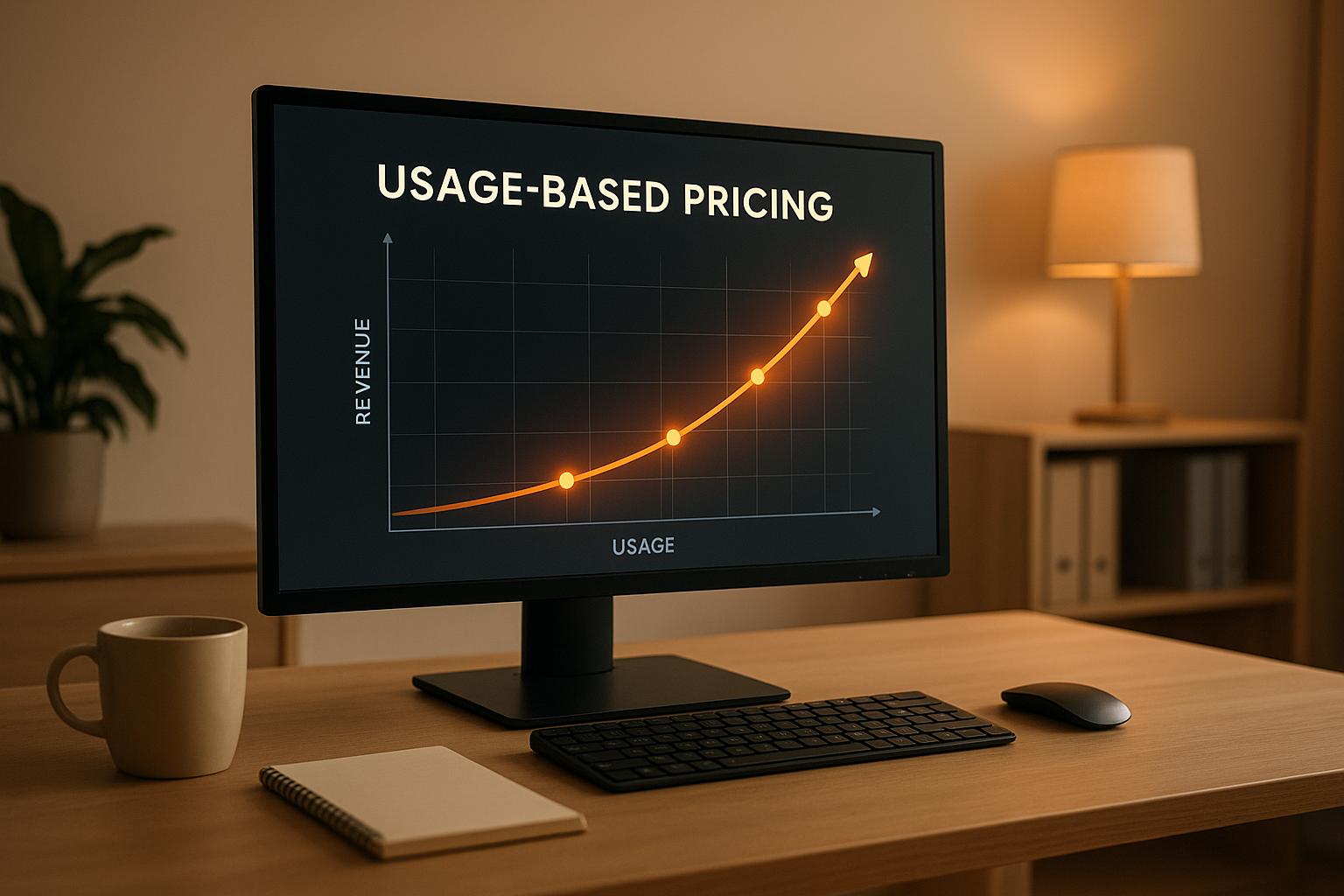Sponsorship packages are a key revenue source for media networks, offering measurable returns for sponsors and reliable income for networks. Here's what you need to know:
- ROI-Driven Models: Sponsors typically allocate 10-20% of their expected returns to sponsorships, ensuring clear value.
- Integrated vs. Generic Models:
- Integrated Models (e.g., The B2B Ecosystem): Tailored packages with advanced analytics, lead generation, and focused audience targeting.
- Generic Models: Broader packages with flexible options like content creation, distribution, and basic analytics.
- Pricing: Integrated models often link costs to results, while traditional models focus on ROI expectations.
- Key Features:
- Lead generation, audience engagement, and performance tracking.
- Options include articles, webinars, community events, and digital tools.
Quick Comparison:
| Aspect | Generic Media Networks | Integrated B2B Ecosystem |
|---|---|---|
| Revenue Generation | ROI-focused pricing | Diverse revenue channels |
| Audience Engagement | Wide reach, basic tools | Focused targeting, advanced tools |
| Implementation | Quick setup, fewer resources | Complex integration, higher resource demand |
| Risk Factors | Diluted messaging | Higher operational costs |
1. The B2B Ecosystem

Revenue Impact
In this model, sponsors typically invest between $10,000 and $20,000 in sponsorship packages to achieve revenue goals of around $100,000. This demonstrates how the platform delivers clear value for sponsors [1].
Sponsorship Options
The B2B Ecosystem provides sponsorship opportunities that can be tailored to meet specific marketing goals. Sponsors can choose from options like directory listings, AI tools, and digital publications. Whether it's content partnerships or integrated campaigns, sponsors can build packages that suit their objectives.
Blending Sponsorship with Digital Media
Sponsorships are seamlessly incorporated into directories, insights, and community platforms, offering value to both sponsors and audiences. Other companies using similar strategies have reported notable boosts in search traffic and conversion rates [3].
Pricing Based on Results
Sponsorship costs in the B2B Ecosystem are tied to expected outcomes, not arbitrary tiers. Pricing factors include:
- Lead generation potential
- Audience size and reach
- Integration across channels
- Campaign length
This ensures sponsors are investing in campaigns with measurable returns, aligning costs with real business goals.
Building Recurring Sponsorship Revenue
sbb-itb-01010c0
2. Generic Media Network Sponsorship Models
Generic media networks often use broad sponsorship packages designed to cater to a variety of client needs. These packages are less tailored compared to The B2B Ecosystem's integrated model but still aim to deliver value.
Revenue Impact and Pricing
These networks typically base their sponsorship pricing on expected ROI. Sponsors usually allocate around 10-20% of their anticipated returns to these packages. The pricing is tied to specific outcomes, like generating leads or increasing audience engagement, ensuring clear value for both sides [1].
Customizable Sponsorship Options
Many media networks now offer packages that can be adjusted to fit different marketing goals. Common components include:
| Package Component | Features | Outcome |
|---|---|---|
| Content Creation | Articles, videos, webinars | Build awareness |
| Distribution Channels | Website features, social media, newsletters | Expand reach |
| Analytics Access | Performance tracking, audience insights | Measure ROI |
| Community Engagement | Events, forums, Q&A sessions | Build connections |
Integration with Digital Media Strategies
Sponsorships are increasingly being woven into larger digital strategies. Tools like Google Analytics are used to track engagement and refine campaigns in real-time. This lets sponsors clearly see how their investment drives results.
Christina Schmitt, Principal Analyst at Forrester Research, notes, "Involving partners in brand messaging ensures alignment and maximizes sponsorship impact" [5].
While these generic models offer adaptability and clear metrics, combining them with a more cohesive ecosystem can unlock even greater revenue and audience interaction opportunities.
Pros and Cons
When choosing sponsorship packages in media networks, weighing the pros and cons is essential for organizations to make smart decisions about their revenue strategies. Comparing these options helps media networks pinpoint which approach best matches their goals and resources.
| Aspect | Generic Media Networks | Integrated B2B Ecosystem |
|---|---|---|
| Revenue Generation | • ROI-focused pricing (sponsors invest 10-20% of expected returns) • Flexible package choices • Clear performance tracking |
• Broad value offering • Diverse revenue channels • Built-in lead management |
| Audience Engagement | • Wide reach • Multiple interaction points • Basic analytics available |
• Engaged communities • Focused audience targeting • Advanced tracking tools |
| Implementation | • Quick to set up • Fewer resources needed • Easier to manage |
• Requires complex integration • Higher resource demand • Needs detailed planning |
| Risk Factors | • Potential for diluted messaging • Limited control over the ecosystem • Competing for audience attention |
• Higher operational costs • Coordination with multiple partners • Consistency in branding can be challenging |
The success of sponsorship packages depends heavily on how well they align with broader marketing strategies. Experts warn that inconsistent messaging can hurt ROI when sponsorships aren't managed cohesively [5].
One standout benefit of modern sponsorship models is their focus on data. For example, ROI-driven pricing - where sponsors allocate 10-20% of their expected returns - ensures measurable outcomes, particularly in lead-generation efforts [4].
On the flip side, maintaining a clear value proposition can be tricky. Media networks must avoid overcrowding their sponsorships to prevent diminishing returns while ensuring every partnership delivers results [2].
Ultimately, the key to sponsorship success lies in clearly communicating the combined value to potential buyers. By understanding these trade-offs, media networks can fine-tune their strategies to boost revenue while keeping their audience engaged.
Conclusion
Media networks can achieve consistent revenue and deliver measurable results for partners by adopting pricing models where sponsors allocate 10-20% of their projected returns [4].
The rise of digital ecosystems and AI-driven personalization is reshaping how sponsorships work. With advanced analytics, networks can now create highly targeted, integrated packages that boost ROI [2][3]. Considering that 82% of marketers are engaged in content marketing [2], successful networks are blending content creation, event participation, and focused advertising into well-rounded offerings.
The use of data and AI opens up new possibilities for crafting sponsorships that prioritize ROI. Top networks rely on analytics to build high-performing, audience-specific packages, especially in B2B settings where precise targeting and lead generation are now standard practices [3].
One example of this approach is sponsorship packages priced between $18,000 and $30,000 for 150 qualified leads (about $800 per lead). This method ensures clear, measurable value for both the sponsor and the network while addressing challenges like maintaining consistent branding and avoiding diluted messaging [4].


